Biology > EXAM > BIOL 251 - FINAL EXAM REVIEW QUESTIONS 2020 – Nevada State College | BIOL251 - FINAL EXAM REVIEW Q (All)
BIOL 251 - FINAL EXAM REVIEW QUESTIONS 2020 – Nevada State College | BIOL251 - FINAL EXAM REVIEW QUESTIONS 2020
Document Content and Description Below
BIOL 251 - FINAL EXAM REVIEW QUESTIONS 2020 – Nevada State College Final Exam Review Questions Chapter 1 1. What are pathogens? Disease-causing microorganisms 2. What are decomposers? The m... icroorganisms that recycle nutrients by breaking down dead matter and wastes 3. What is genetic engineering? When humans manipulate the genes of microorganisms the process. - - - - - - - - - - - - - Chapter 3 12. What are the six “I’s” of studying microorganisms? Inoculation, Isolation, incubation, identification, information gathering and Inspection. 13. What is inoculation? refers to the purposeful addition of microorganisms into a laboratory nutrient medium 14. What is a pure culture? Is a culture that contains only one species of microorganism - - - - - - - - - Chapter 4 1. What is dark-field microscopy? The type of microscope in which you would see brightly illuminated specimens against a black background 2. What are periplasmic flagella? Spirochetes have a twisting and flexing locomotion due to appendages 3. What are fimbriae and what are they used for? The short, numerous appendages used by some bacterial cells for adhering to surfaces - - - - - - - - -- Chapter 5 1. What is chromatin and where is it found? When a eukaryotic cell is not undergoing mitosis, the DNA and its associated proteins appear as a visible thread-like mass 2. What does the endosymbiotic theory state? that precursor eukaryotic cells acquired mitochondria by endosymbiosis with a rickettsial ancestor, and others gained photosynthetic ability from endosymbiosis with a cyanobacteria ancestor. 3. What is the size of the eukaryotic cell ribosome? 80S - - - - - - - - Chapter 7 1. What is a trace element? Microorganisms require small quantities of this nutrient for enzyme function and maintenance of protein structure. 2. What is a macronutrient? refers to a nutrient that is required by a microorganism in large quantities for use in cell structure and metabolism. 3. What is a phototroph? - - - - - - - - -- - Chapter 13 1. What is an infection? When pathogens enter and multiply in body tissues. 2. What is an endogenous infection? An infectious agent that arise from microbes that are the patient’s own normal flora 3. What are resident flora? They are found on the skin. Mouth, nasal passages, and large intestine. 4. Where do you find microbes that synthesize the vitamin K? Large Intestine - - - - - - - - - Chapter 16 1. Which category of hypersensitivity does atopy and anaphylaxis belong to? Type 1 only! 2. What happens if you transfuse the wrong blood type? recipient antibody activating the complement cascade to attack the RBCs, fever and anemia, systemic shock and kidney failure, massive hemolysis of the donors RBC’s 3. How is erythroblastosis fatalis prevented? injecting the mother with antibodies against the Rh factor late in the pregnancy and after giving birth. 4. What is the sensitizing dose? The initial encounter with an allergen 5. What are the actions of histamines? - - - [Show More]
Last updated: 2 years ago
Preview 1 out of 11 pages

Buy this document to get the full access instantly
Instant Download Access after purchase
Buy NowInstant download
We Accept:

Reviews( 0 )
$12.50
Can't find what you want? Try our AI powered Search
Document information
Connected school, study & course
About the document
Uploaded On
Dec 18, 2020
Number of pages
11
Written in
Additional information
This document has been written for:
Uploaded
Dec 18, 2020
Downloads
0
Views
141





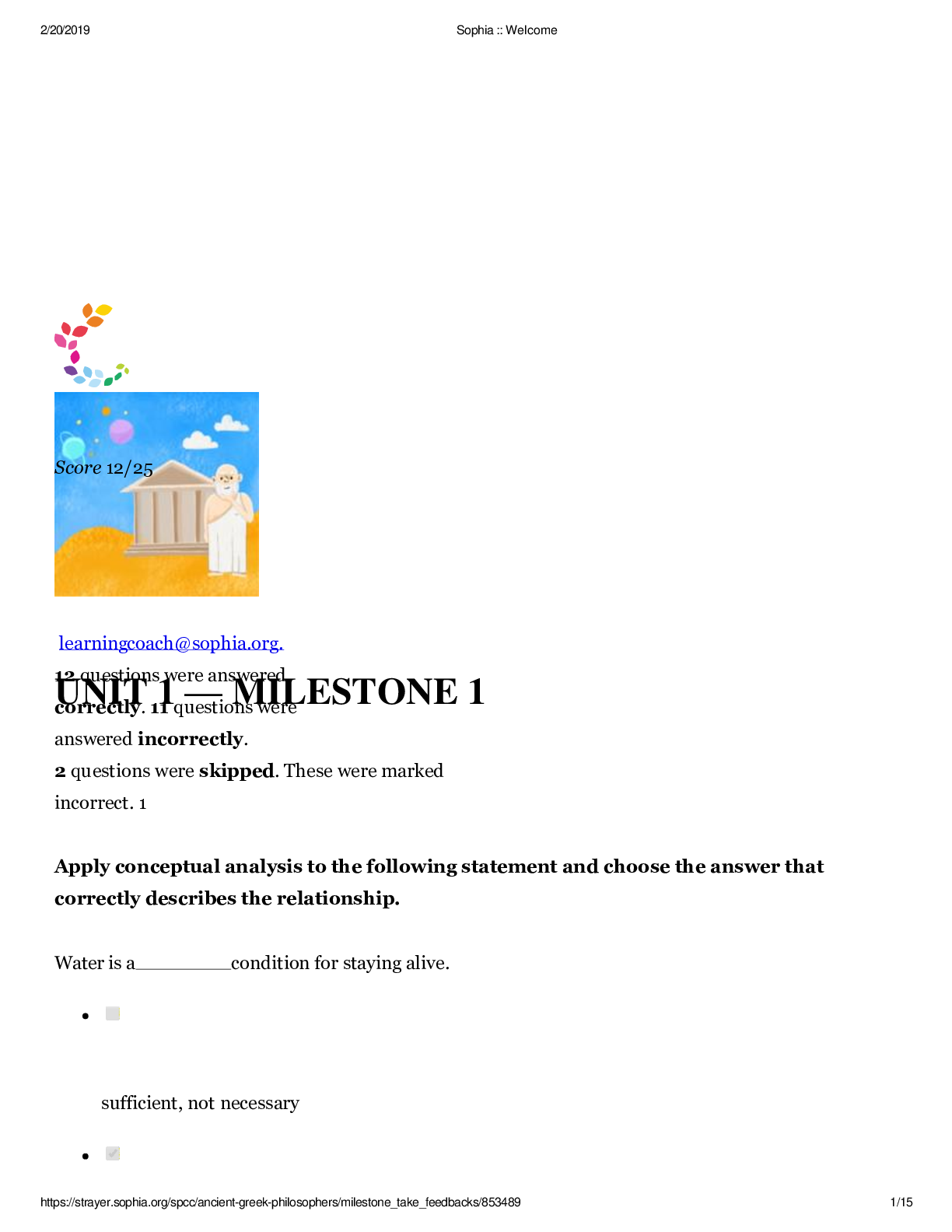


 – University of the People.png)
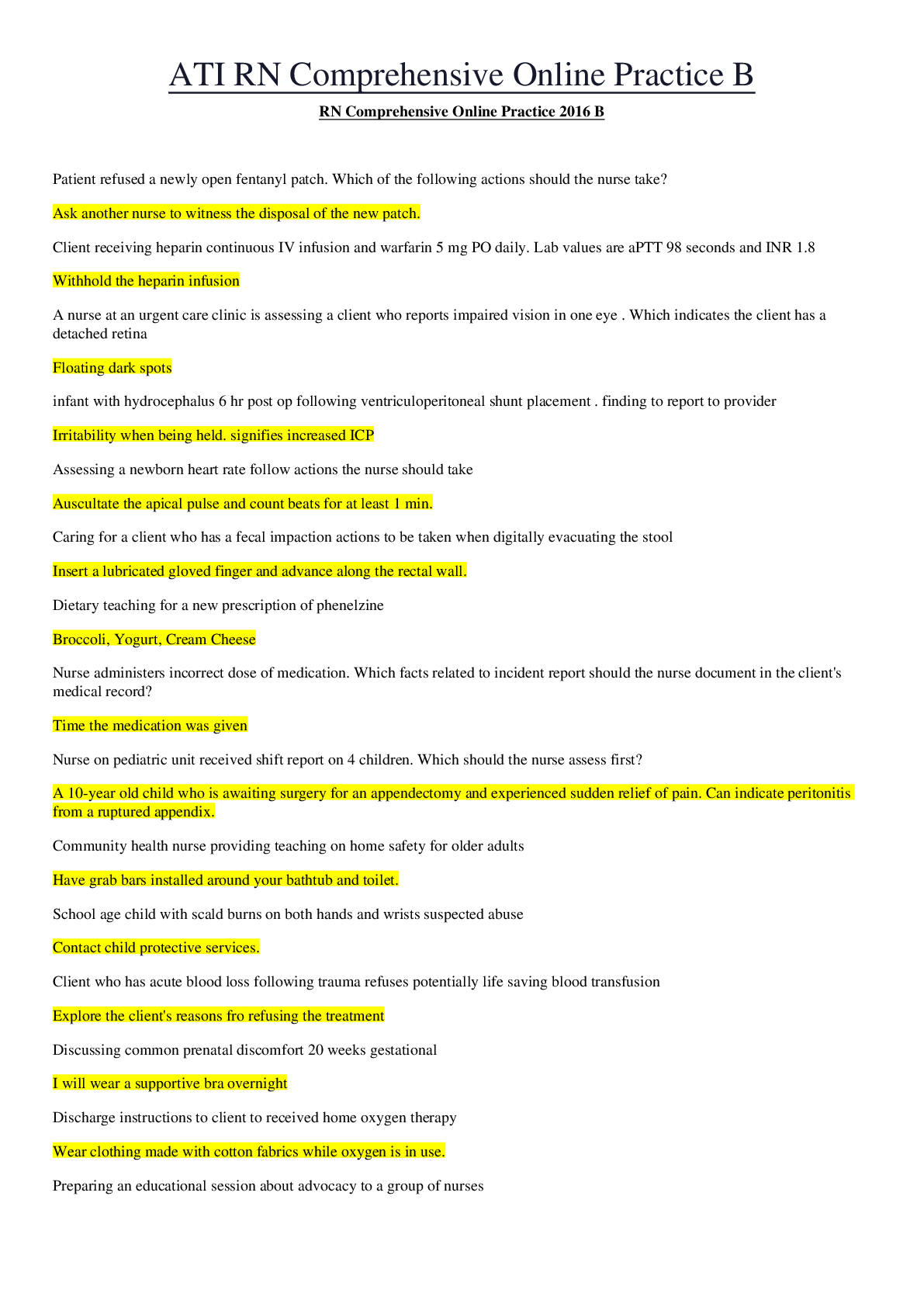





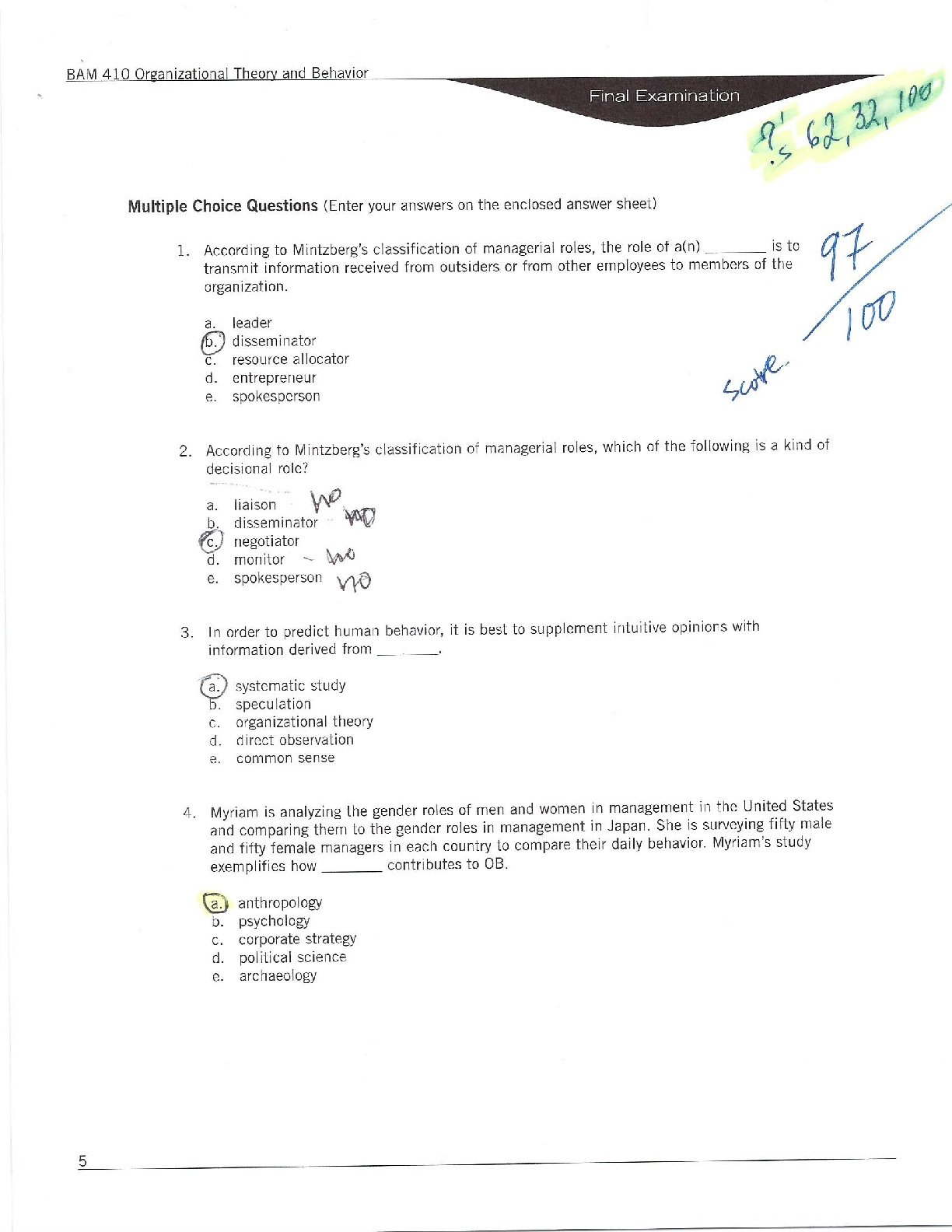





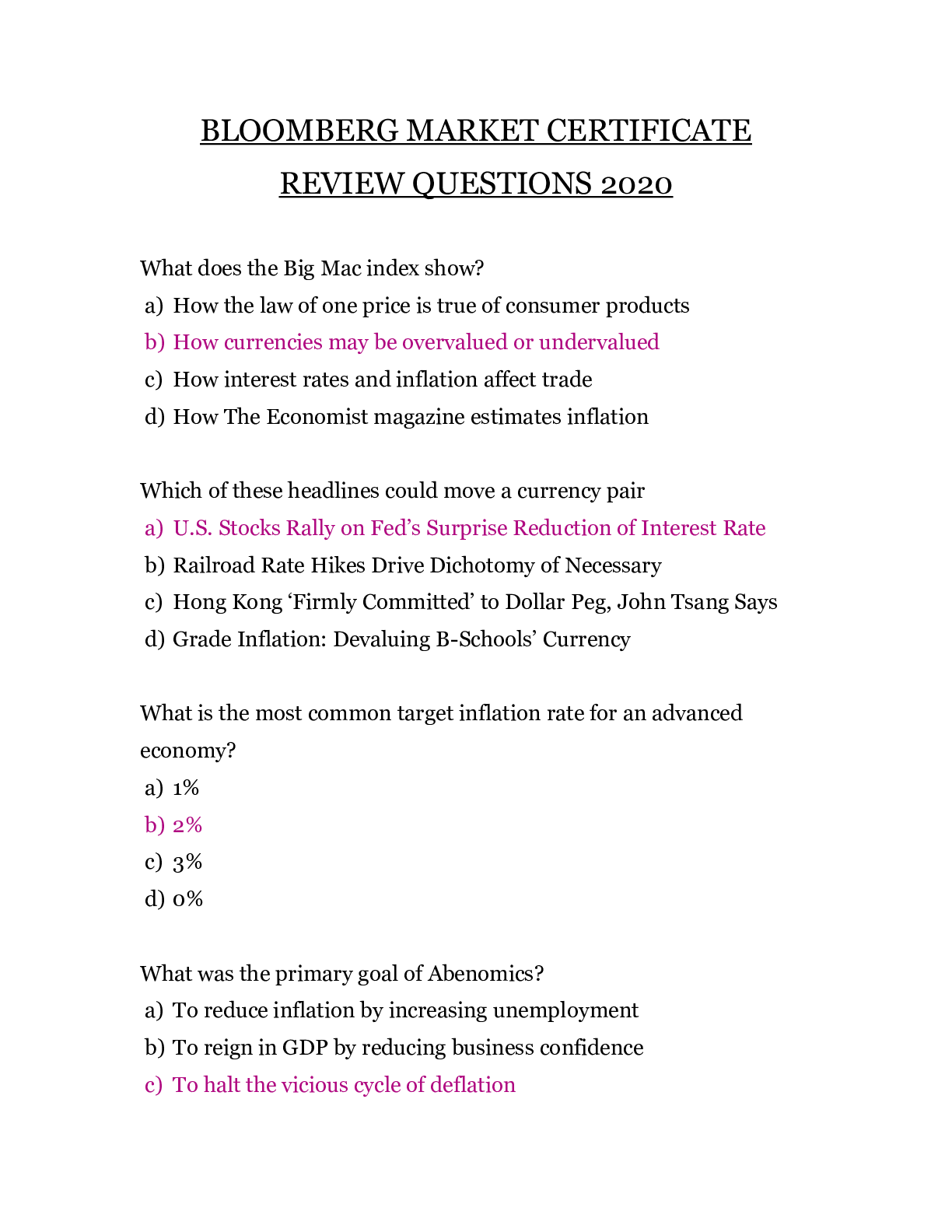
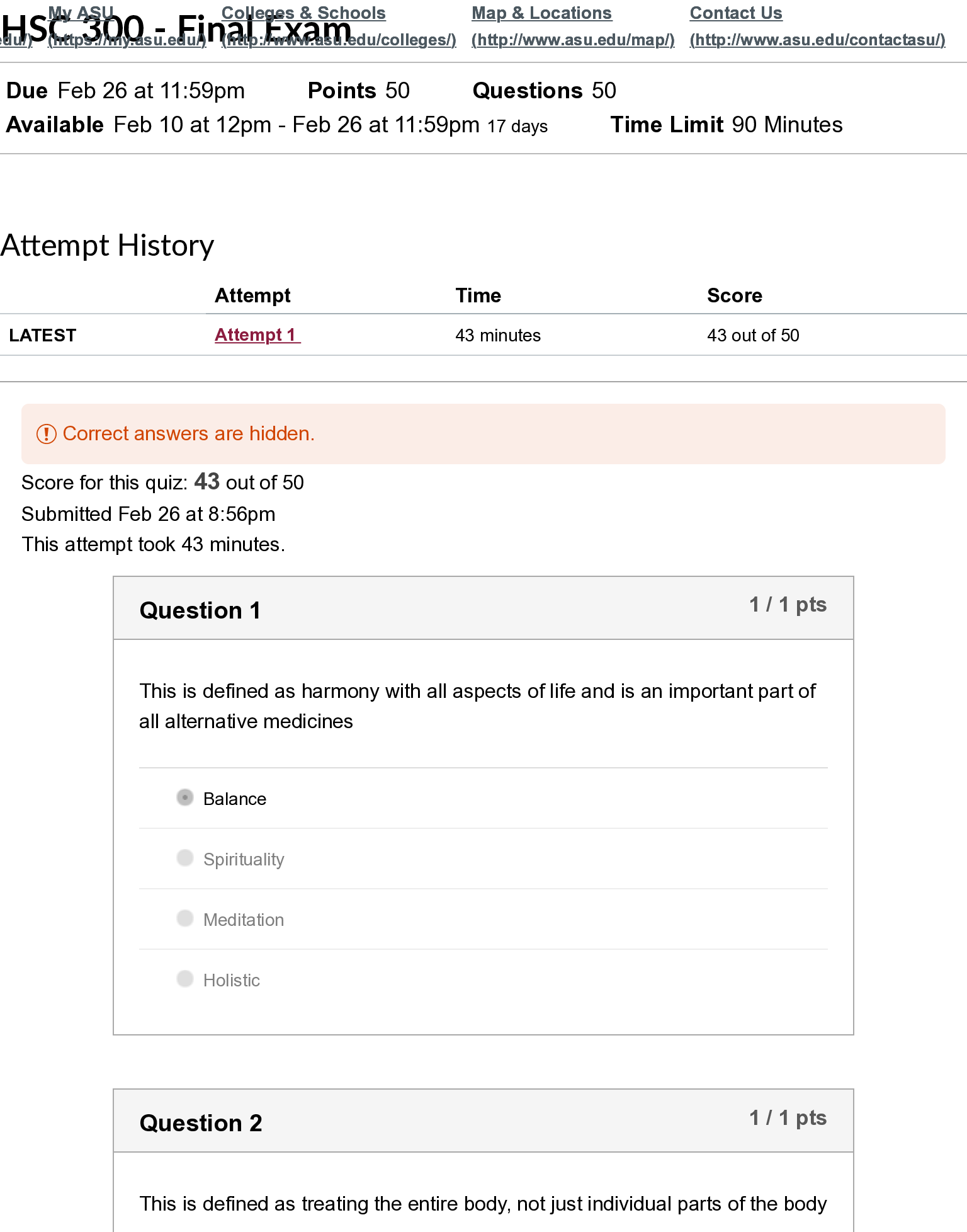

 – Nevada State College.png)

